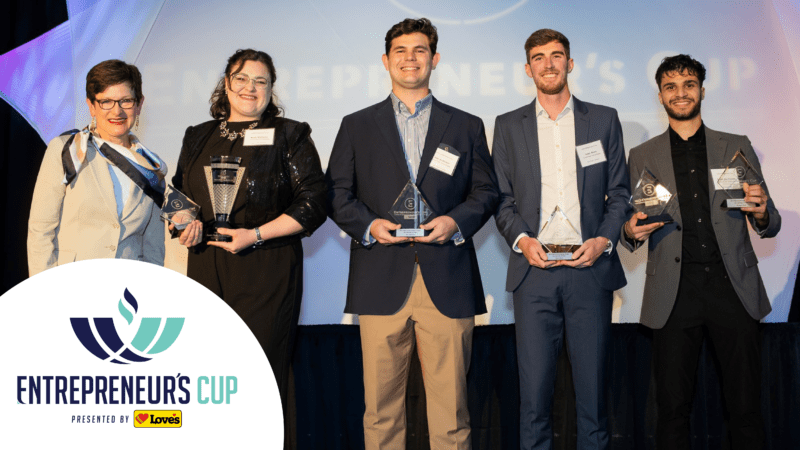By Jim Stafford
Copyright © 2015, The Oklahoma Publishing Company
In 1994, Dr. Gene Anderson was researching vision health issues related to the retina as a National Institutes of Health-funded scientist at the Cullen Eye Institute at the Baylor College of Medicine in Houston.
Anderson is a native Texan who grew up in the Houston area and was educated at Texas A&M University and the Baylor College of Medicine.
Then Oklahoma called.
Anderson received a call from a former Cullen Eye Institute colleague, Dr. David Parke, who had been named president of Oklahoma City’s Dean McGee Eye Institute two years earlier.

“He asked me to come up and review his research program here and give him advice about what he needed in order to develop research at Dean McGee,” Anderson recalled, speaking with a distinctive deep Texas drawl.
At the time, the Dean McGee Eye Institute provided clinical vision care for patients from throughout Oklahoma and beyond, but pursued little in the way of basic research to advance the state of ophthalmology.
So Anderson wrote a plan that Parke might use as a road map.
“Six or eight months later, David called and said ‘do you believe in that plan?’” Anderson recalled. “I said ‘yeah.’ And he said ‘do you want to put your money where your mouth is and develop research here?’ And I did.”
Anderson was appointed to a position at Dean McGee in January 1995 and brought his NIH-supported research projects to Oklahoma City. One of those federal grants recently was renewed for years 32-36, while continual funding for another research project will reach years 42-46 if renewed in 2015.
In the 20 years since Anderson set up his lab at Dean McGee, it has become one of the nation’s elite vision research centers. The institute now claims nine independent investigators all with their own funded research.
Today, Anderson is director of research at the Eye Institute and a George Lynn Cross Research Professor and Dean McGee Professor of Ophthalmology in the Departments of Ophthalmology and Cell Biology, and an adjunct professor of geriatric medicine at the University of Oklahoma Health Sciences Center.
Along the way, the institute has twice been awarded a Center of Biomedical Research Excellence grant to support young scientists as they pursue specific research projects.
“That program was huge in developing the infrastructure here to do vision research as well as developing the career of these young people,” Anderson said. “The whole program was designed to mentor young scientists, bring them into their own independence so they could successfully compete for the NIH gold standard of funding.
“Of the things we have accomplished here, that is the one that I’m the post proud of.”
Dean McGee recently celebrated Anderson’s impact on the eye institute in a special event commemorating his “20 years of Scientific Discovery, Leadership, Mentorship and Distinguished Service.” The institute also named one of its conference rooms the “Robert E. Anderson, MD, PhD Conference Room” in his honor.
“Dr. Gene Anderson, one of the world’s leading vision scientists, has, in his 20 years at the Dean McGee Eye Institute, wielded an enormous and transformative impact on the scientific mission and level of grant support for vision research at the Eye Institute and in the Department of Ophthalmology, but also at the University of Oklahoma Health Sciences Center as a whole,” said Dr. Gregory L. Skuta, president and CEO of the eye institute who succeeded Dr. Parke in 2009.
“I was very happy to come here,” Anderson said. “What an honor and privilege it is to be able to do what we do.”
Jim Stafford writes about the state’s life sciences industry on behalf of the Oklahoma Bioscience Association.








